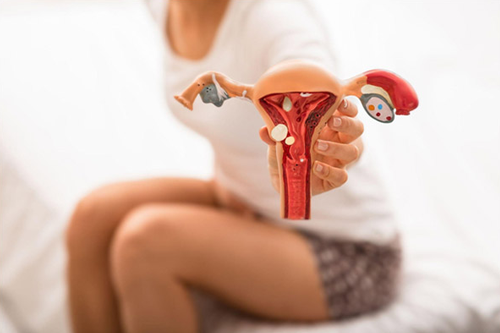
Endometriosis treatment can vary depending on the severity of the condition, symptoms, your age, and whether you're trying to get pregnant. Here's a breakdown of the main treatment options:
1. Pain Management
NSAIDs like ibuprofen or naproxen can help reduce inflammation and relieve pain.
Acetaminophen can also be used but doesn't reduce inflammation.
2. Hormonal Therapy
These help suppress or stop menstruation, which can slow endometriosis growth:
Birth control pills, patches, or vaginal rings
Progestin-only methods (e.g., IUDs like Mirena, Depo-Provera)
Gonadotropin-releasing hormone (GnRH) agonists/antagonists (e.g., Lupron, Orilissa)
Danazol – older drug, rarely used now due to side effects
1. Laparoscopy
Minimally invasive surgery where endometriosis tissue is removed or burned away.
Can also help with fertility.
2. Laparotomy
More extensive surgery, usually for severe cases.
3. Hysterectomy
Removal of the uterus (and possibly ovaries) – often a last resort, especially if you're done having children.
If you're trying to conceive and endometriosis is interfering:
Ovulation-inducing medications
IUI (intrauterine insemination)
IVF (in vitro fertilization) – often recommended for moderate to severe cases
Diet changes : Anti-inflammatory diets may help some people.
Exercise and stress reduction
Acupuncture or physical therapy (especially pelvic floor therapy)
Supplements : Omega-3s, magnesium, turmeric, and others – but talk to a doctor first.